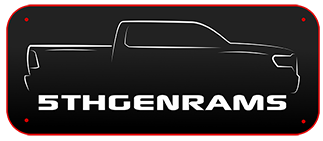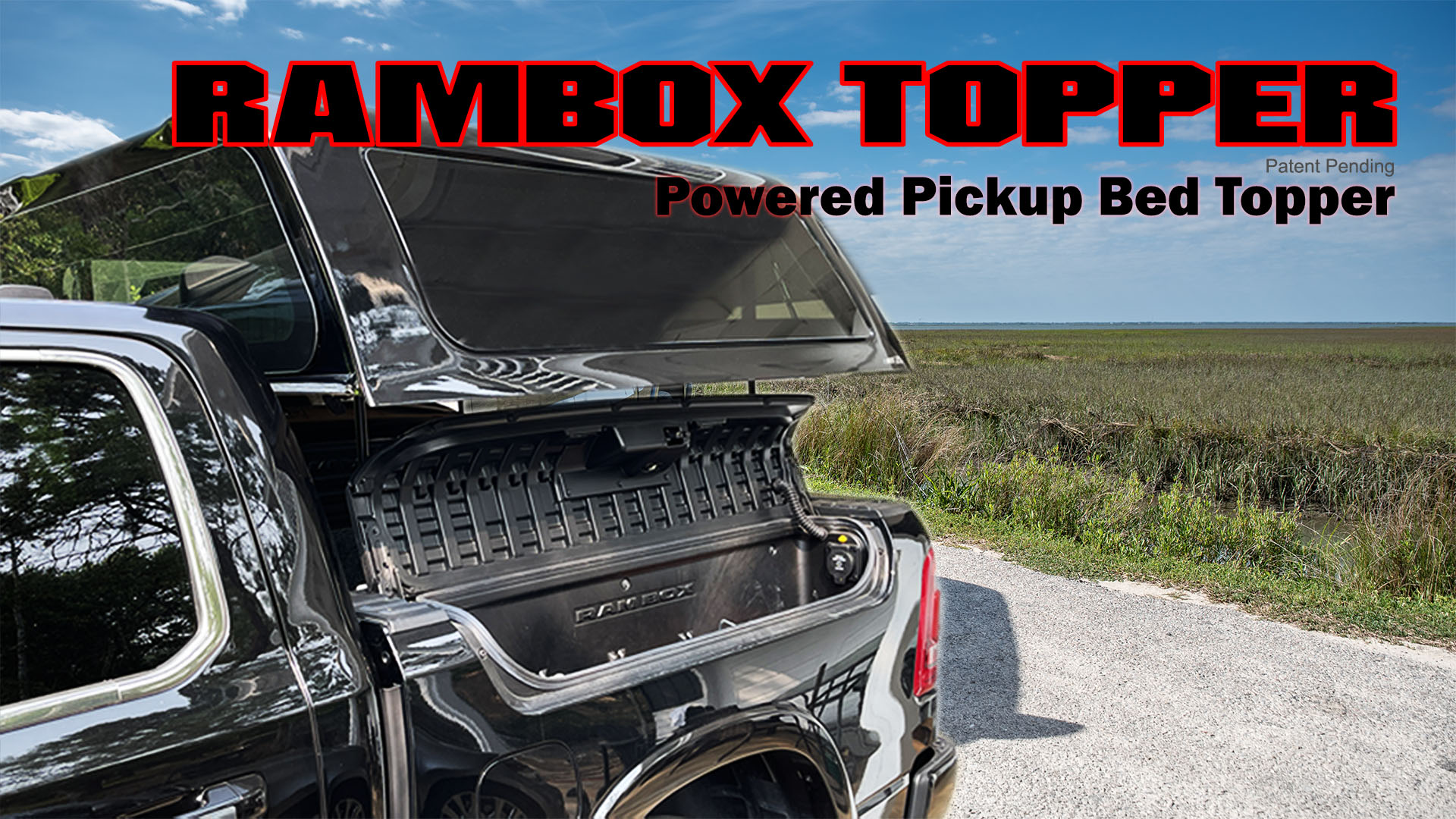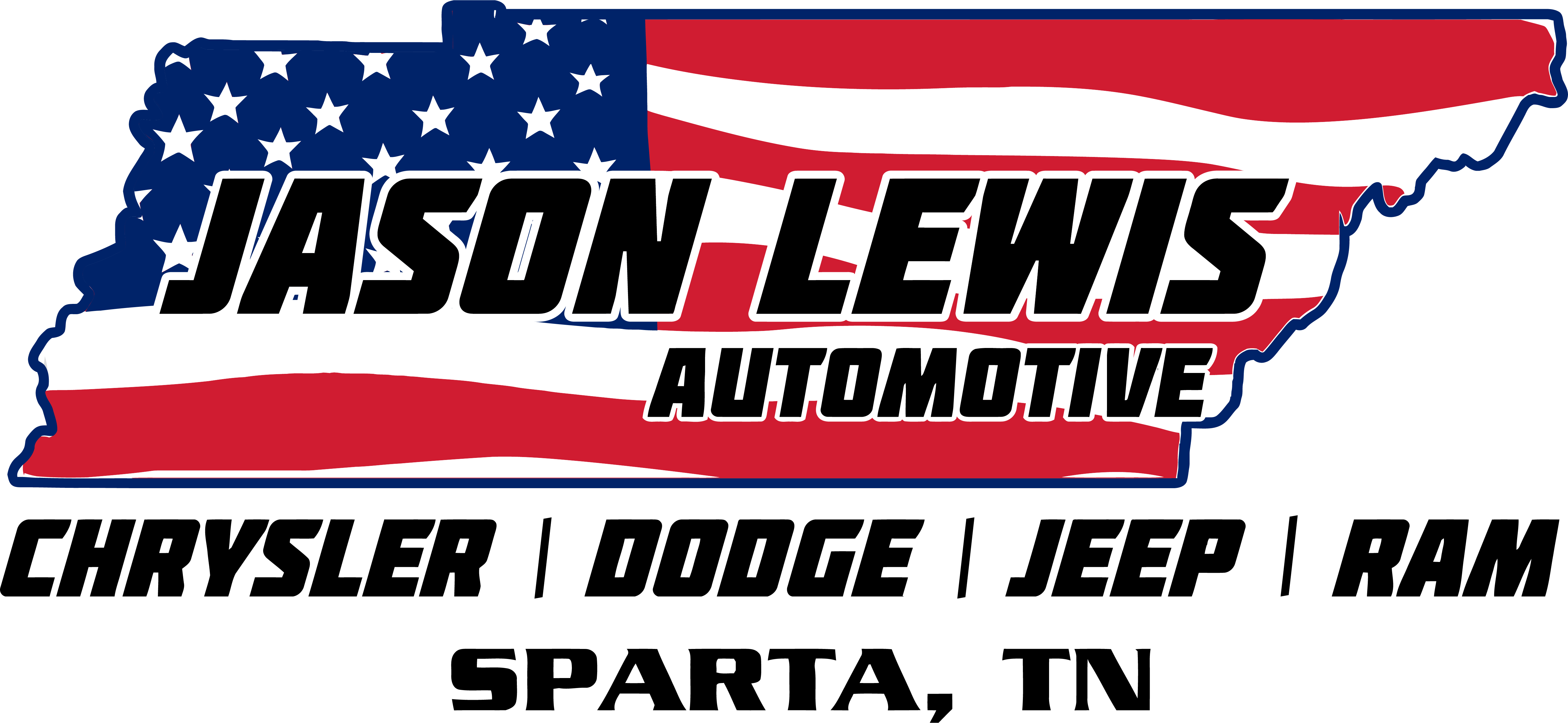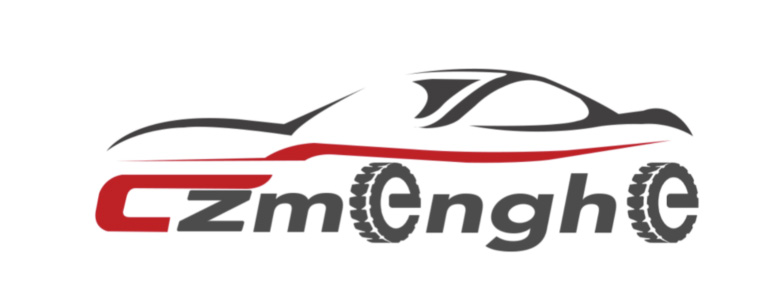Thats facts being reported from the owner of a competetive engined truck (2). I had not remembered the premium fuel issue. If John is driving the same route the same way (we tend to), with a heavier truck no less (my guess), that speaks well for the e-torque system’s capabilities. And, according to the forum, mileage will still likely increase for him as its not fully broken in.

Thanks! Yeah, my route starts on surface streets for approx. 5 miles, with plenty of lights to sit at, and then onto the Capital (DC) Beltway (495) for approx. 18 miles, then surface streets for another approx. 3 miles. Inevitably there's some stop and go traffic as well as the highway speeds. I've driven both my old truck and my new one on the same exact route many times now, and other than the last tank on my F-150, which was an aberration at 17.48, most of my commuting tanks on that truck were 15.3 to 16.3 MPGs - and that truck had 36k on it!
My last F-150 weighed approx. 5,425lbs (7,000lb GVWR and 1,575lb payload, per the red/yellow sticker). My new RAM weighs approx. 5,780 (7,100lb GVWR and 1,320lbs payload, per sticker). That's 355lbs heavier, 3.92 versus 3.55 RAR, and a 5.7-liter V8 mild hybrid versus a twin-turbo 3.5-liter V6. Pretty impressive engineering!
I always ran premium (93 octane) fuel in my F-150, as per the recommendation in the owner's manual, and I am running 89 octane in my RAM, as per its manual. Where I live, that's a $.20-.25 difference per gallon, so 25 gallons of gas, even at the same mileage my F-150 got, saves me $5.00-6.25 per tank, which lasts me roughly a week. I typically fill up at 1/4 tank or 100 miles to empty, depending on my schedule. For the last couple of fill-ups on the RAM (with the 33-gallon tank), the pump stopped at just over 25 gallons. At current prices and MPGs, my savings per 10k miles will be $262.46. That gives me a 5-year ROI for eTorque alone, not to mention I get the nicer interior, better sound and added amenities.
I suspect the difference will be even greater when winter comes, because during those months, my F-150 barely saw 15 mpg on the same route, because the cold, dense air got sucked into those turbos and added fuel was needed. Sure, the truck got up and went faster (according to my calibrated butt dyno), but boy did it hurt at the pump. The 5.7, being naturally aspirated, should not see as big a dip. Also, at idle, a turbo engine sucks down fuel big time (at least in my experience). IIRC, this is due to the lower compression ratio of the engine compared to a naturally aspirated one. This may, however, be counteracted by less auto stop/start time. The engine will need longer to warm up to operating temperature, and without turning off the heat, the "Stop/Start Not Ready Cabin Heating or Cooling" may prevent the auto s/s from keeping the engine off longer.
Sorry for the long post, I just like to be very clear and factual, rather than anecdotal, in my explanations and experience.
-John













